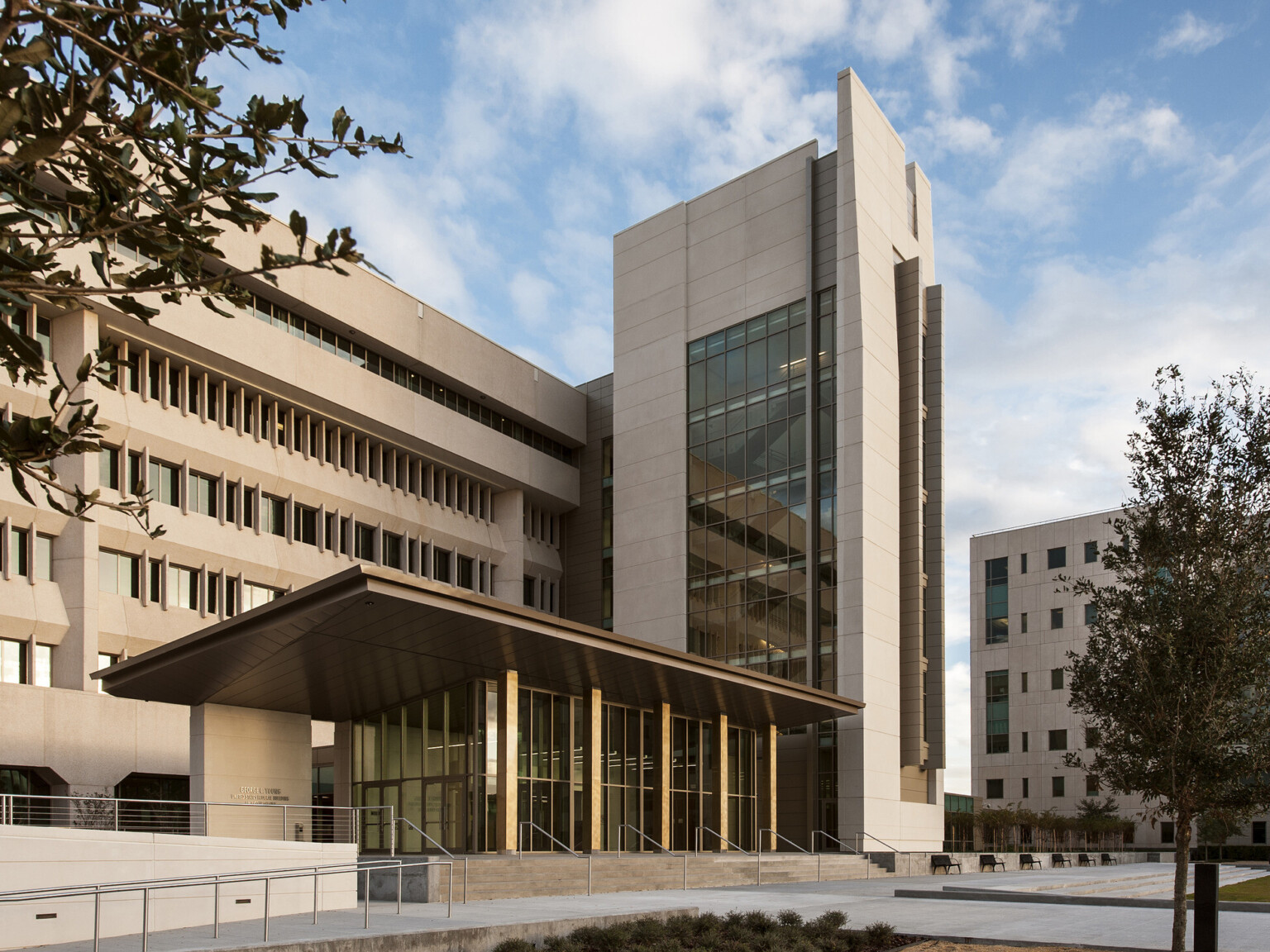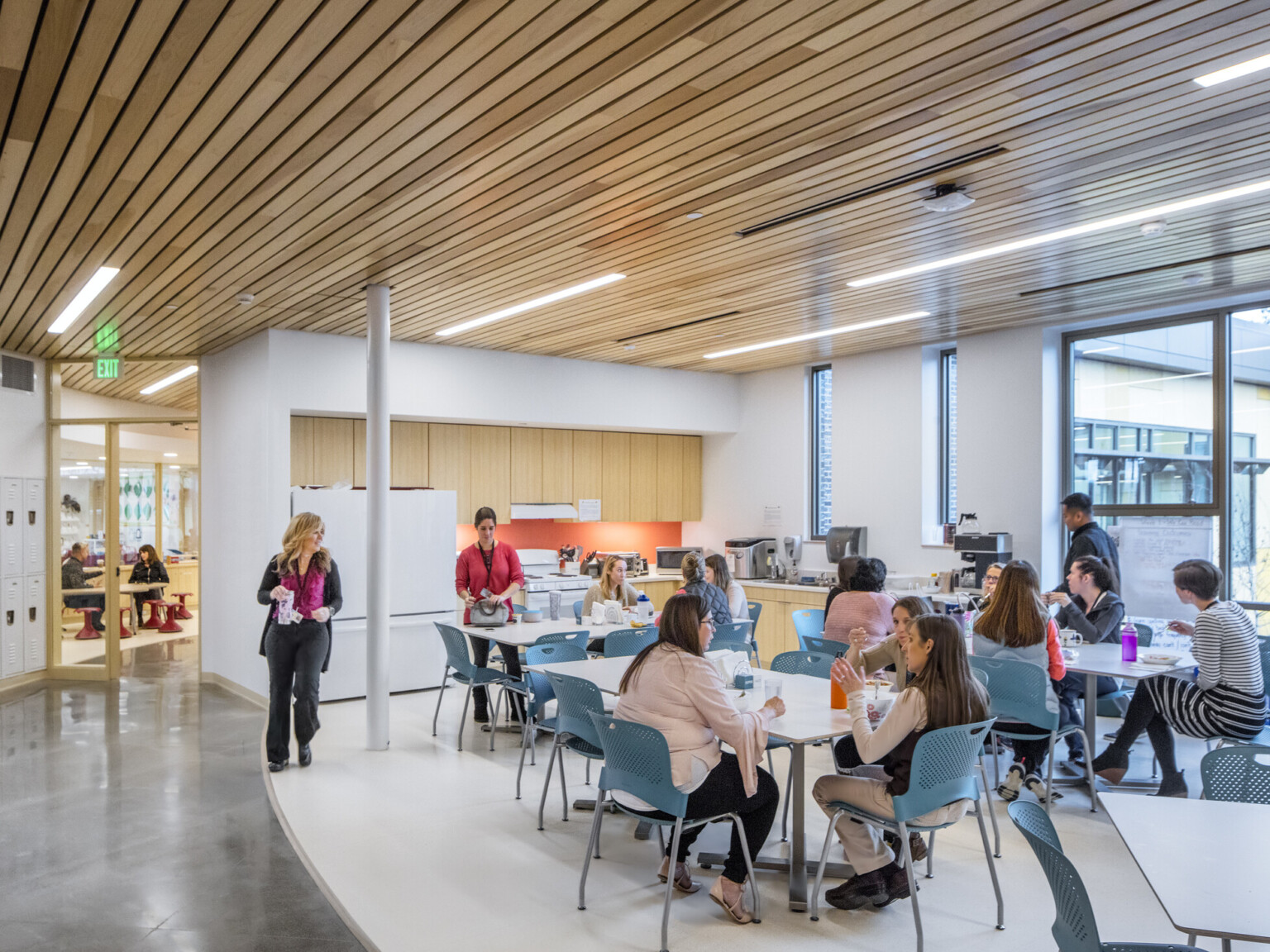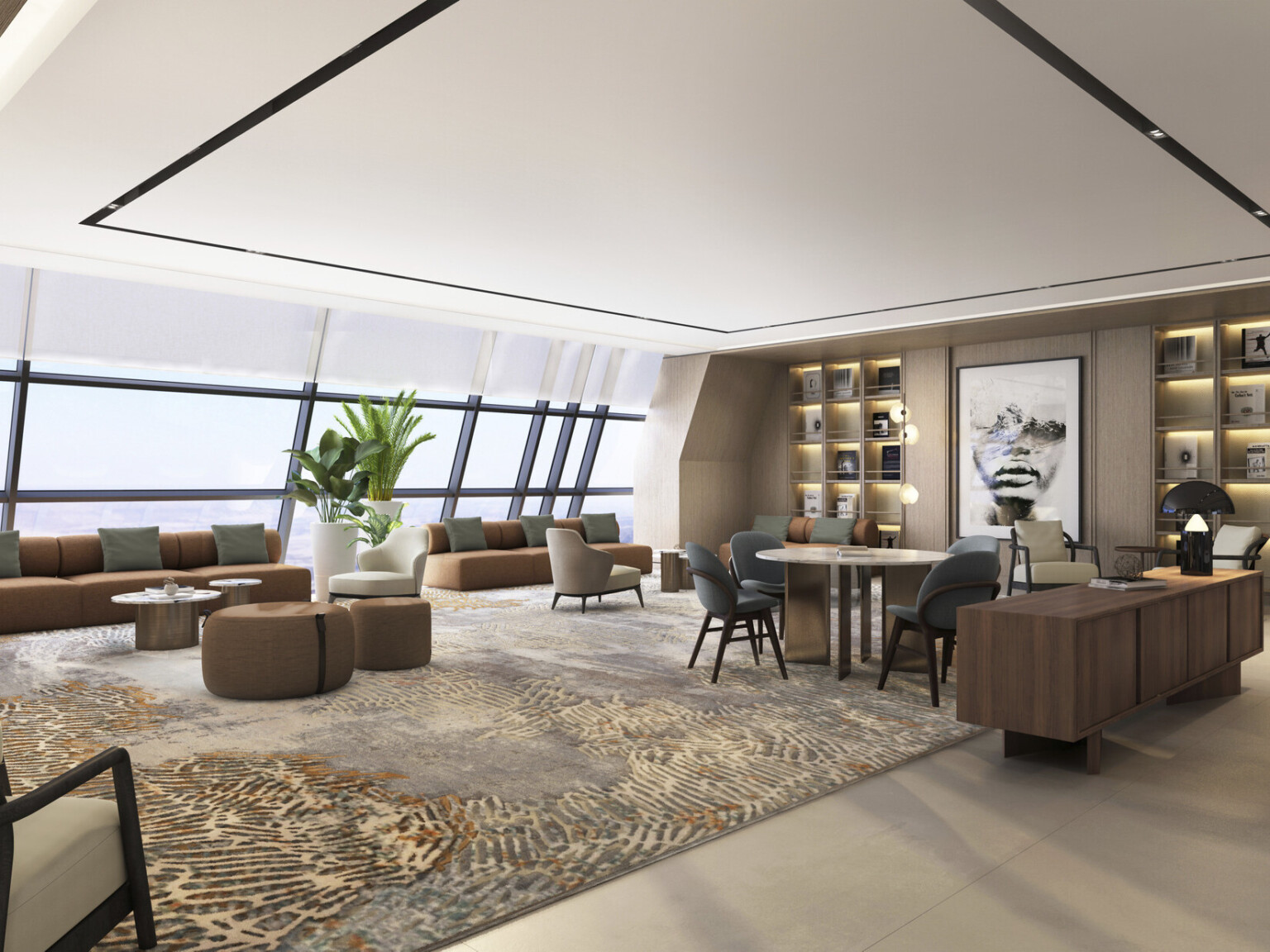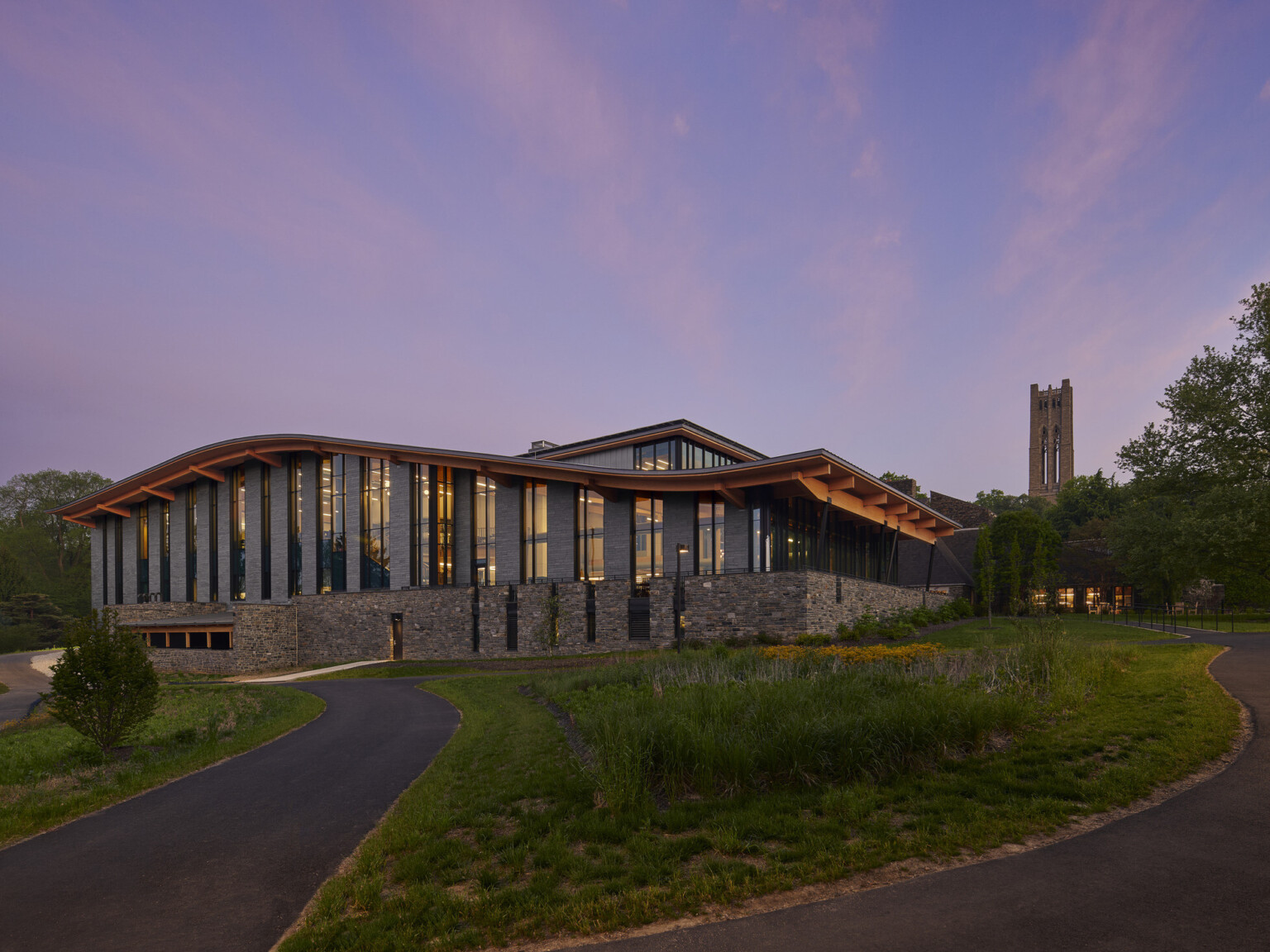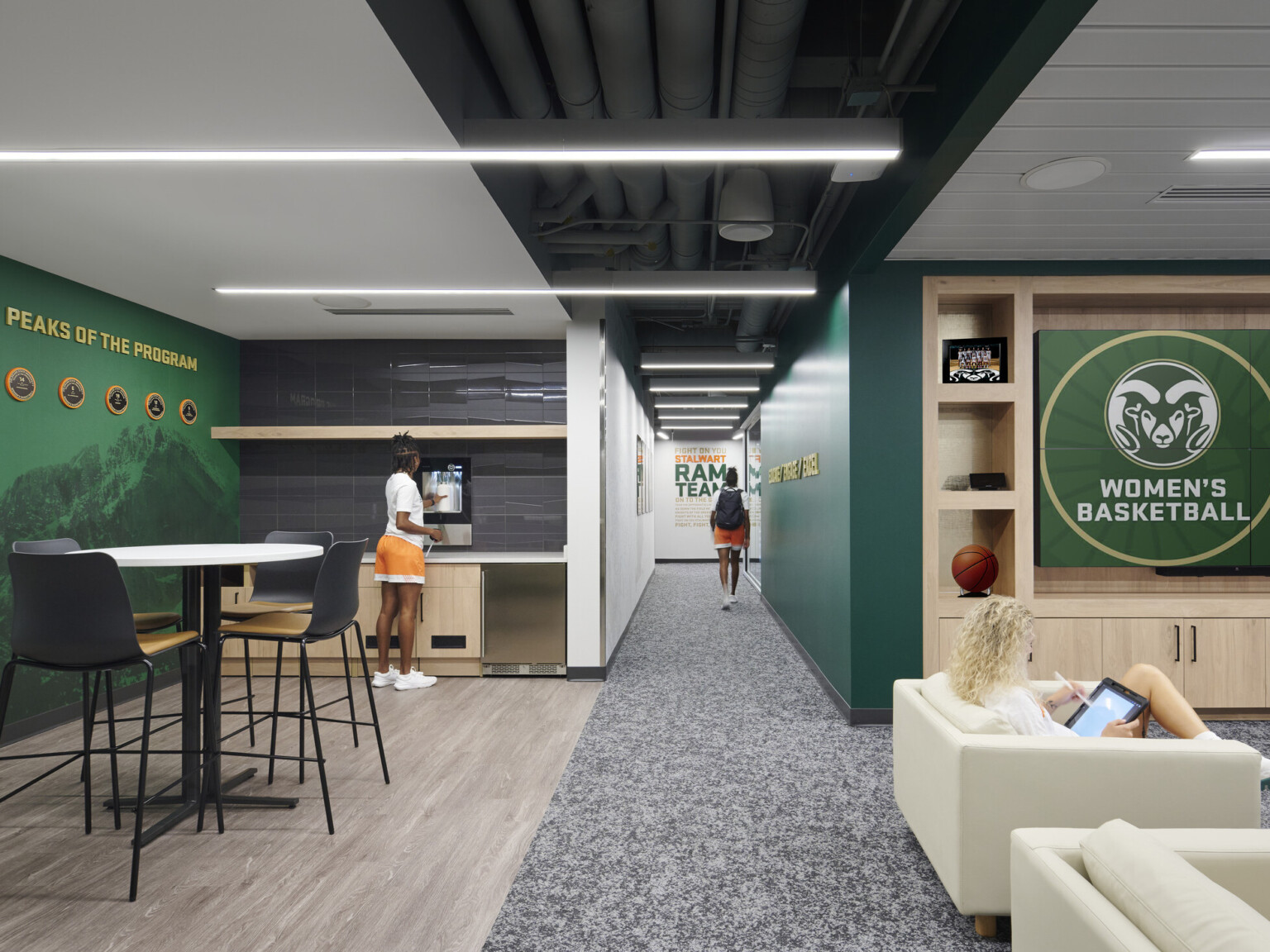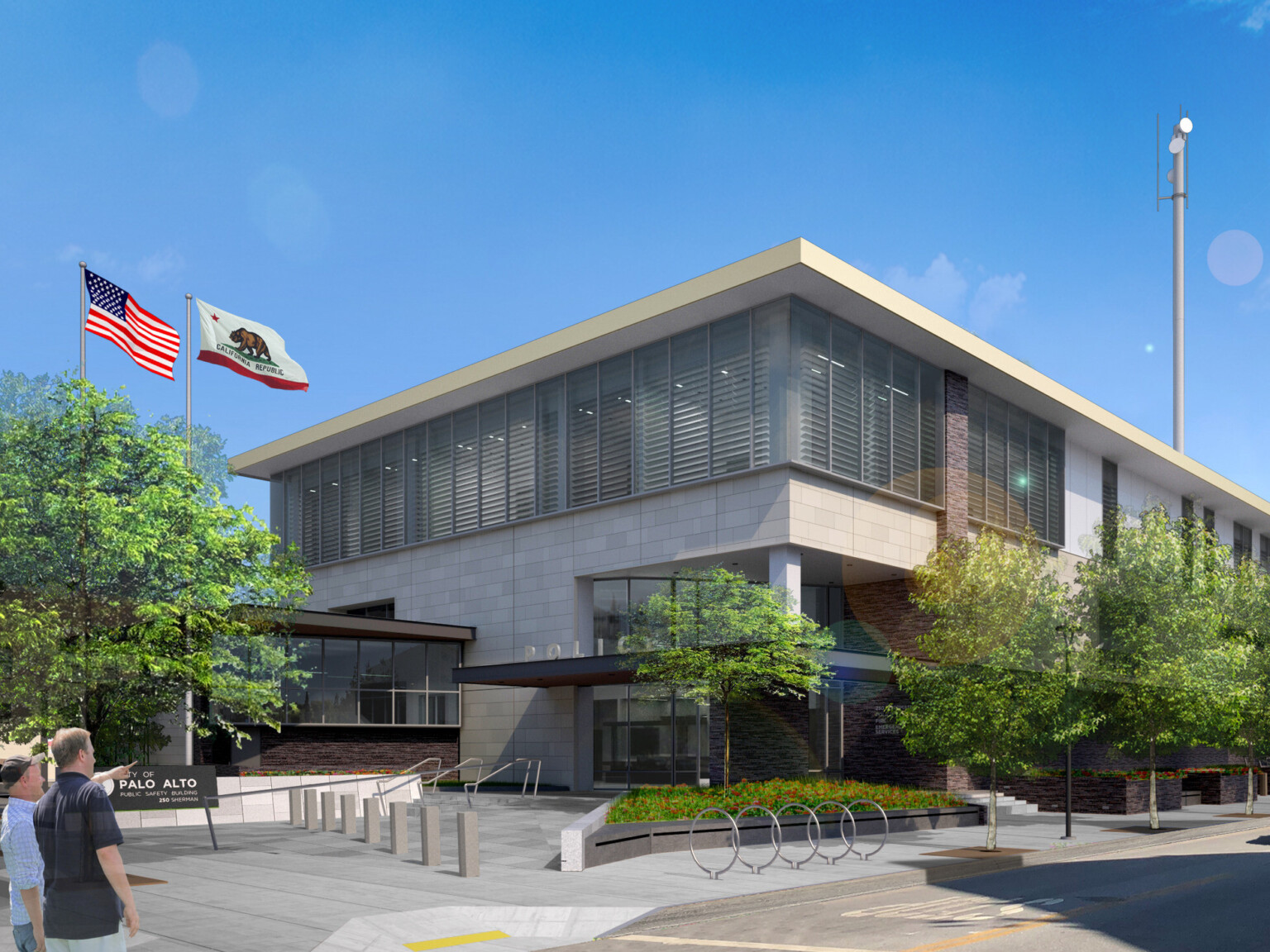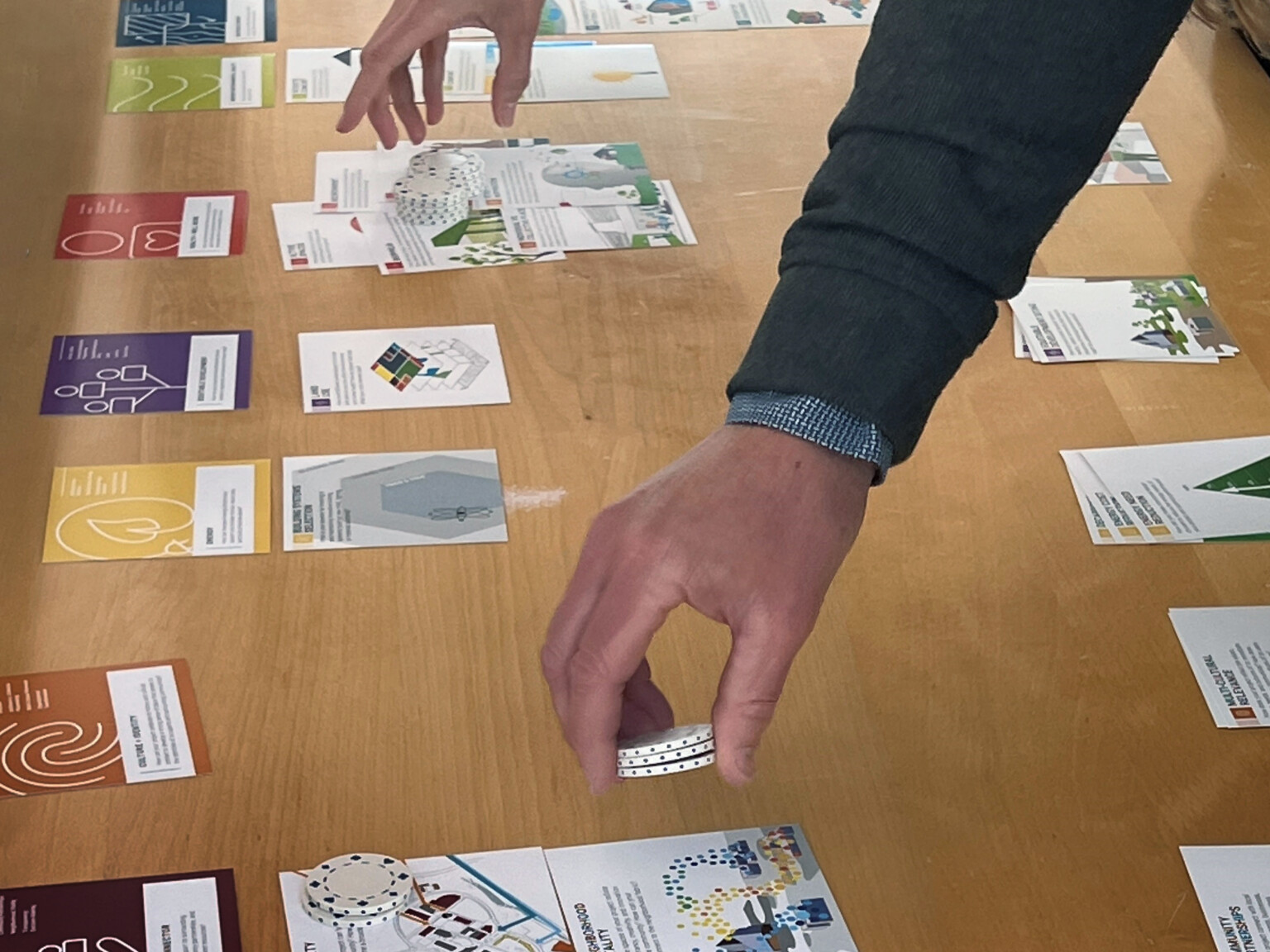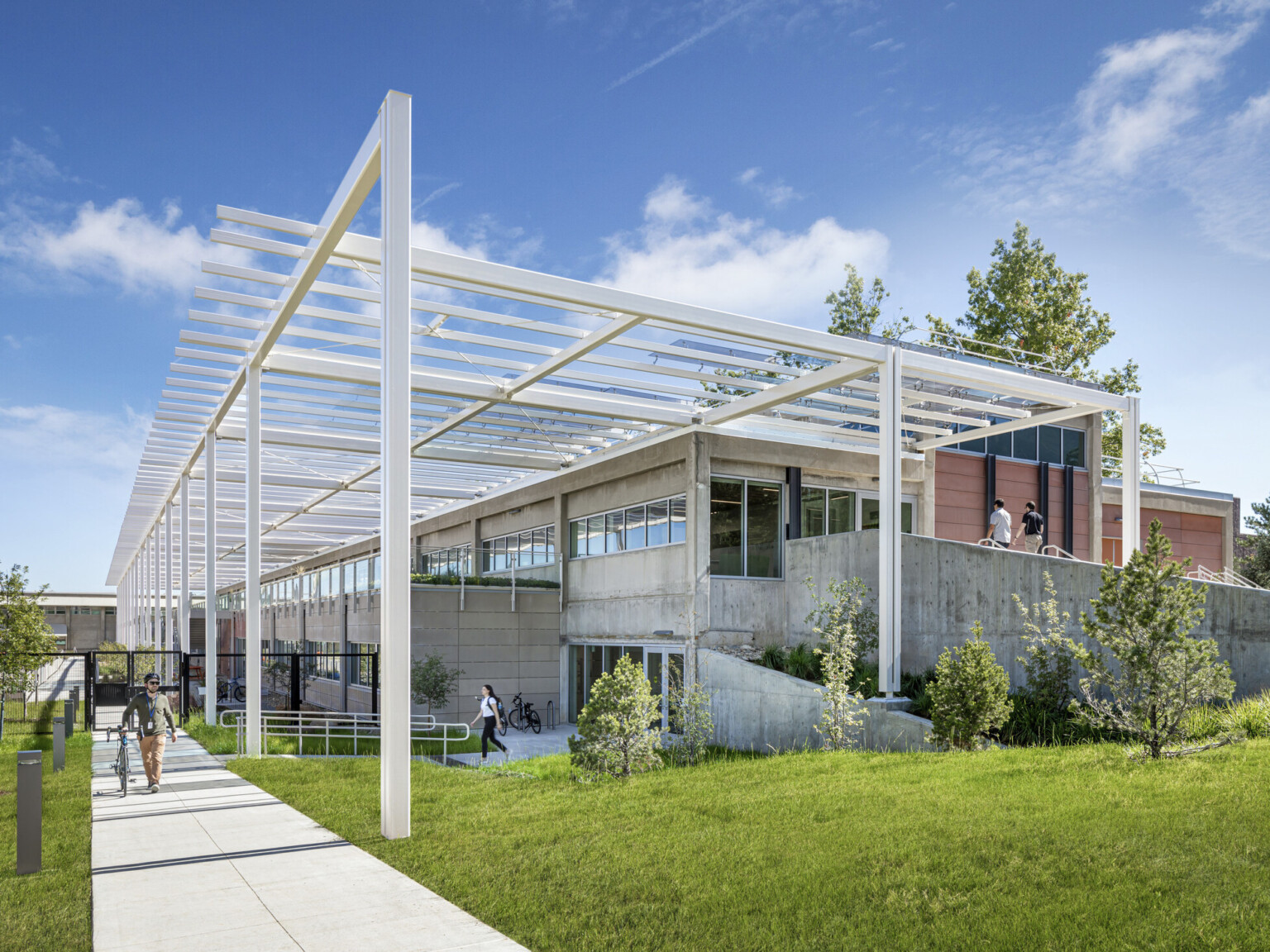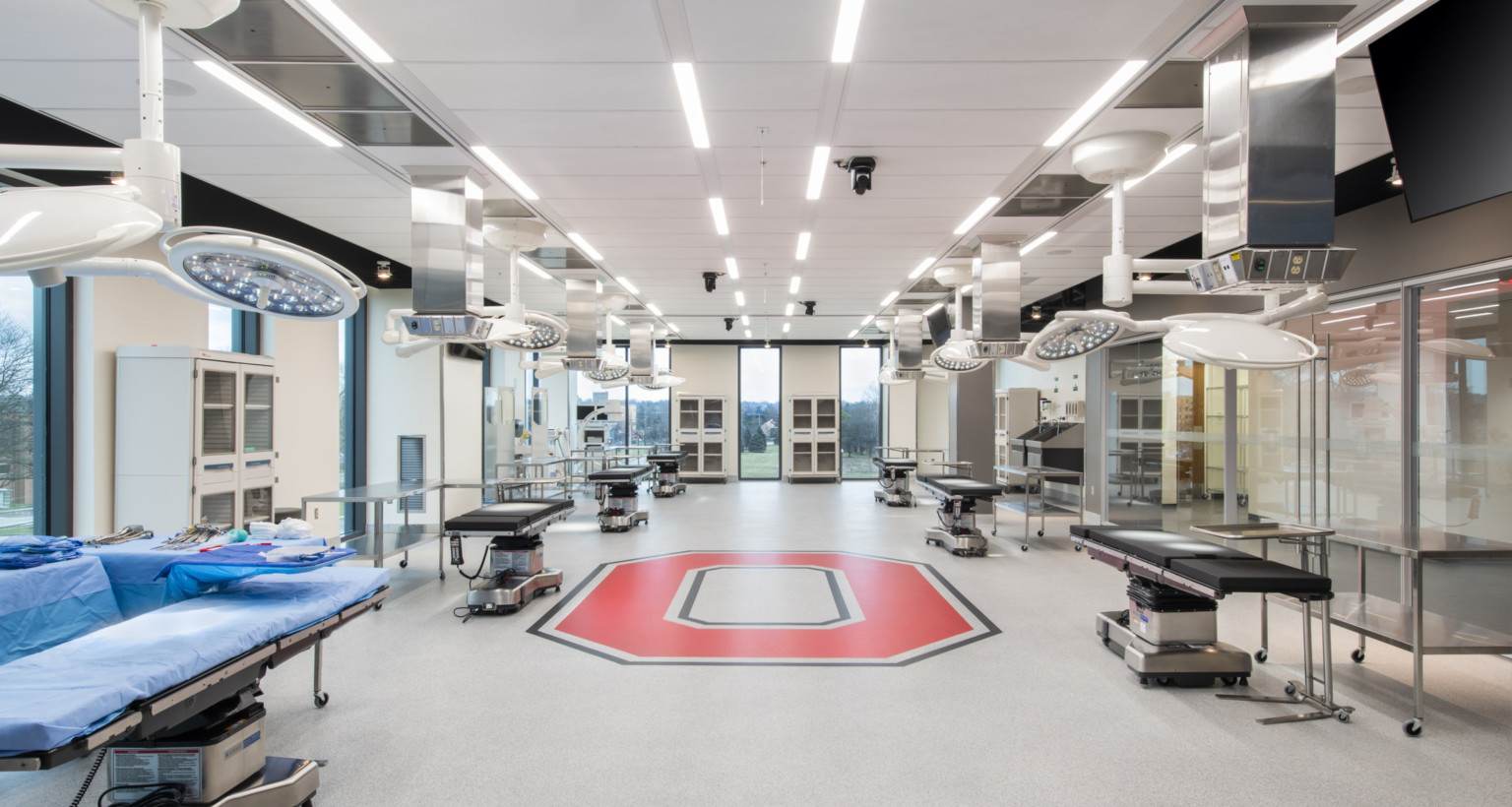
Priorities for Laboratory Environments: Resiliency
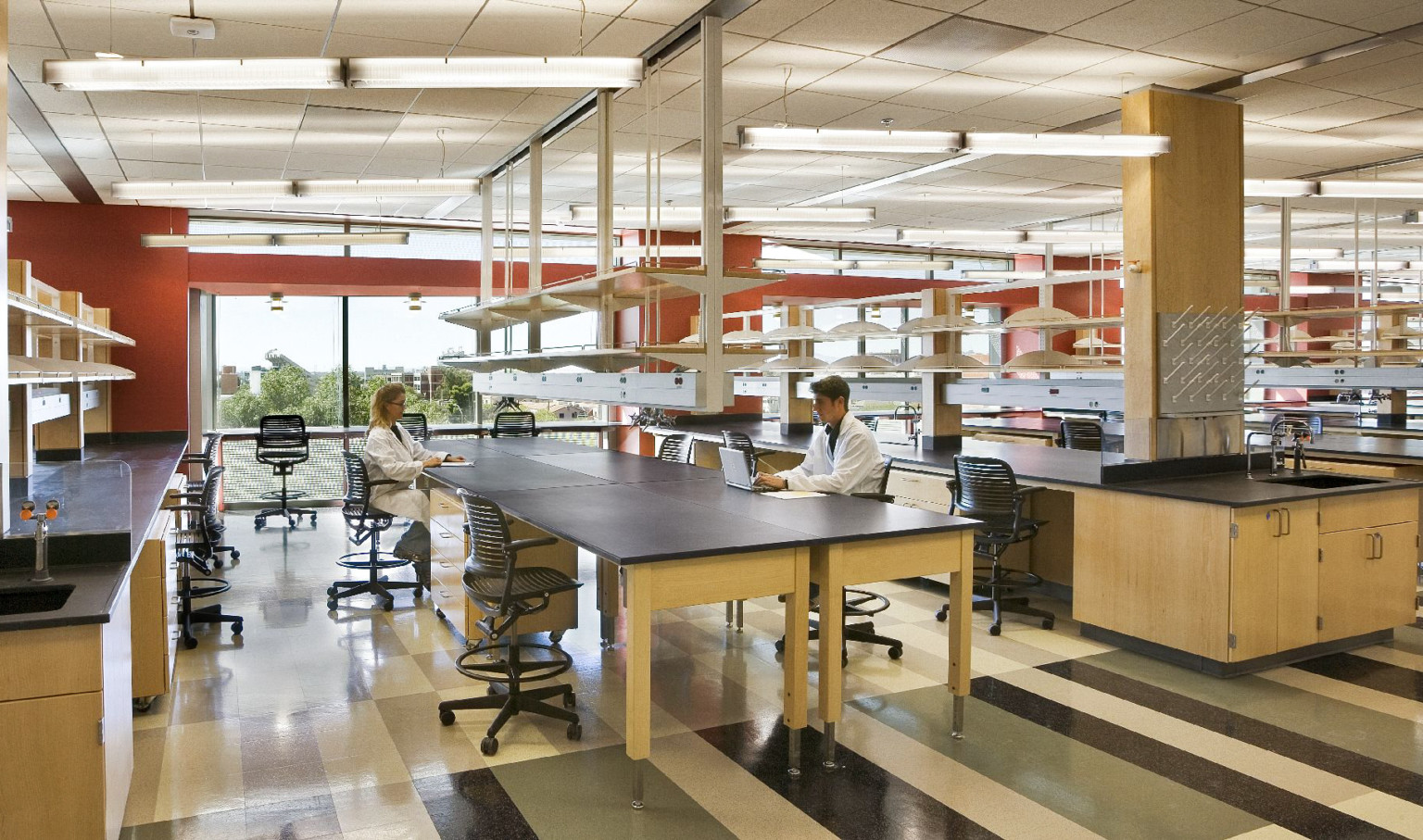
The pandemic forced institutions to pause and rethink everything about campus, including laboratory facilities. Over the past two years, we conducted personal conversations with facilities directors, university architects and planners, and researchers to better understand how laboratory planning and design is and will continue to be affected for the foreseeable future. Our team members talked to individuals representing dozens of institutions, including Arizona State University, Colorado State University, Georgia Institute of Technology, University of Arizona, University of Colorado Boulder, and Columbia University. We clearly heard three themes emerge as priorities for institutions planning laboratory environments: resiliency, flexibility, and location.
Yes, other factors are important to consider during the planning and design process. Traditionally, we examine physical elements, operational requirements, budget considerations, sustainability goals, and safety measures. By not overlooking these factors, yet placing a heightened emphasis on resiliency, flexibility, and location, we ensure current and future needs are met and research teams are equipped with spaces that improve outcomes, scientifically speaking.
Three Steps for a Resilient Future at the University of Arizona:
According to R. Brooks Jeffery, associate vice president for research infrastructure at the University of Arizona, the institution defines resiliency as being data-informed and nimble enough to survive myriad events, including a global pandemic. He says Arizona has adopted these three steps for a resilient future:
1. Collect baseline data of existing laboratory inventory, facility conditions, and space utilization.
Arizona is in its first year of completing a research space and facilities strategic plan. To begin, institution partners targeted 15 research buildings on campus. They examined every space and collected data to recognize its utilization, condition, and suitability. A robust data management system helped the University scrutinize productivity of space, which yielded eye-opening results. According to Jeffery, 30% of the University’s research space was found to be underutilized or vacant. Applying metrics on the productivity of space can be challenging, as wet labs and dry labs vary greatly in expenditures per square foot. By identifying a target range for research expenditures and employing ongoing data collection, the University has begun to constantly track metrics and compare current versus target usage to maximize productivity. Next, the University aggregated that data into interactive floor plans and captured photos of existing conditions to create a baseline for future planning efforts.
2. Define a strategic plan and roadmap to achieve the institution’s research vision or goals.
These goals are informed by the data gathered in step one. Arizona set milestones at 5, 10, and 20 years to achieve its research-related goals that were guided by a university-wide strategic plan adopted in 2019. Some of the priorities are to advance rankings in key research strengths; support Arizona’s strategic plan initiatives; recruit and retain high-performing faculty; accelerate innovation competitiveness with new public and private research partnerships; support regional economic impact through the development of a talent pipeline and commercialization of the University’s research; and achieve $1B in annual research expenditures.
Jeffery says the industry is experiencing a new paradigm where faculty and researchers view themselves as free agents, able to move from institution to institution for personal or professional gain. Institutions must recognize this notion and build a reputation rooted in both academic excellence and research innovation to attract and retain top talent, as well as students, federal funding opportunities, and industry partners that help institutions achieve their stated goals.
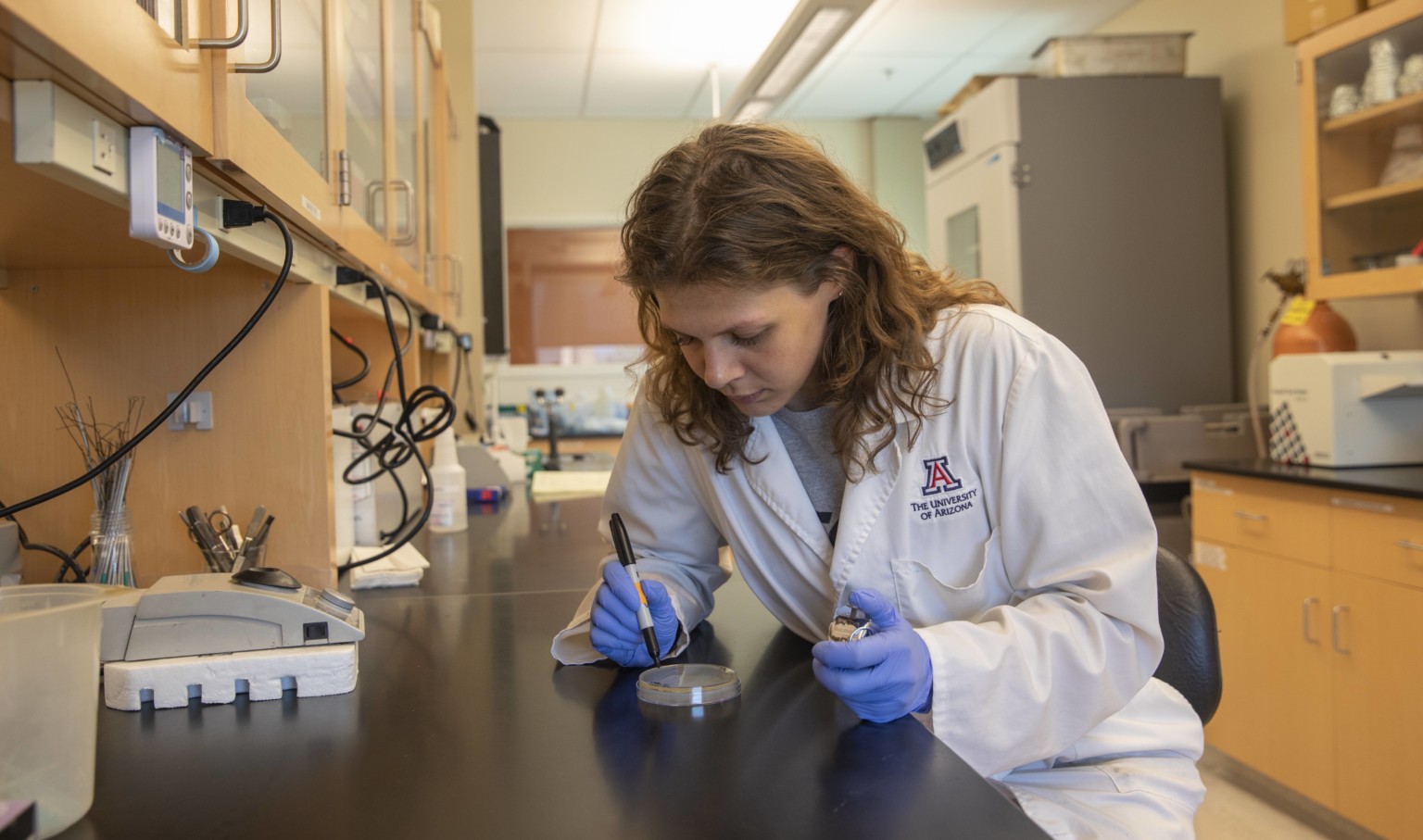
3. Earn leadership buy-in.
Institutions are businesses that experience fluctuating financial cycles related to productivity of researchers and principal investigators. Establishing guidelines that supersede the legacy of any one individual can help leadership rationalize new construction, retrofits, or renovations.
“Assigning space can be challenging. Many faculty and PIs think they deserve space, regardless of their productivity. We’re changing our culture around operational practices, policies, and guidelines to arm leadership with a playbook to help them make decisions that will position Arizona as a global leader in scientific research,” said Jeffery.
Planning for Your Future
As you can see from this example, the institution is making decisions based on what’s best for its students, faculty, staff, and surrounding community. Rather than recommending a one-size-fits-all solution, we’re sharing specific examples related to the three priorities that we believe are critical for future research facility planning efforts. How is your institution addressing resiliency, flexibility, and location? We’d love to hear from you. Let’s learn from each other and start the conversation.
This is one installment in a three-part series exploring resiliency, flexibility, and location in lab planning and design.

